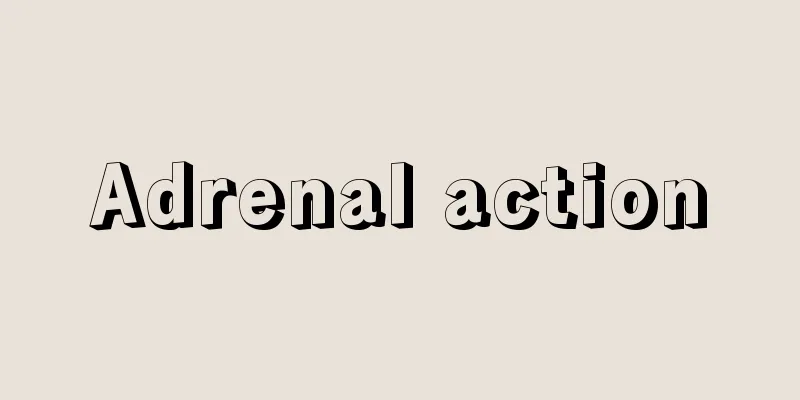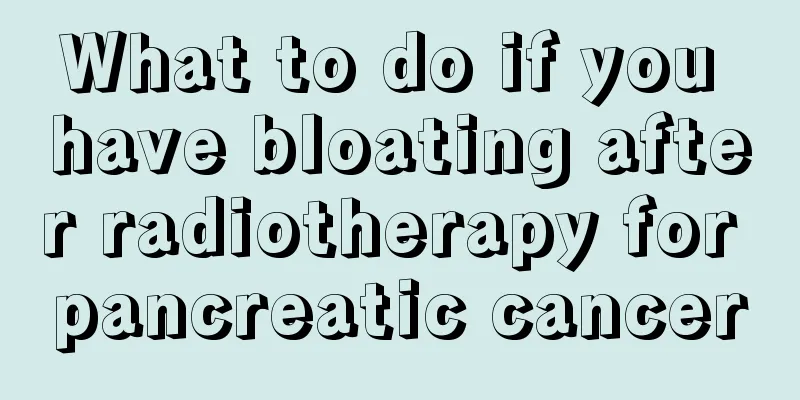What is the best way to treat tinea pedis

|
Tinea pedis is what we usually call athlete's foot, and there are different types, so the treatment must be symptomatic. For the dyshidrotic blister type or mild immersion erosion symptoms, you can use 1:6000 or 1:4000 potassium permanganate solution or 3% lead acetate solution for soaking or wet compress. (1) For patients with dyshidrotic eczema or mild maceration and erosion with a small amount of secretions, soak or wet compress the affected area with 1:6000 or 1:4000 potassium permanganate solution or 3% lead acetate solution every morning and evening for 20 to 30 minutes each time (the blisters can be punctured under sterile conditions), and wipe dry with a sterile cloth after soaking. Then choose the following agents for external application, such as benzoic acid/salicylic acid/iodine/potassium iodide/menthol (compound benzoic acid tincture), Castellan ointment, 5% ichthyol, 3% salicylic acid, 10% sulfur mud, or commercially available medicines, such as 2% clotrimazole cream, terbinafine cream, and bifonazole cream (choose any one), and use highly irritating agents with caution. (2) For erosive types with more exudate, the above-mentioned potassium permanganate solution or Daribo solution for soaking or wet compress can be used. For those with secondary bacterial infection, 0.1% ethacridine (Livanol) can be added as appropriate. After the exudation stops and the erosion surface is alleviated, the above-mentioned sweat blister mud paste, half-dose of Wyeth tincture or commercially available antifungal cream can be used. (3) The interdigital type can be treated in the same way as the dyshidrotic eczema type. (4) For the scaly and keratotic type, the disease course is long and treatment requires patience. Start with tinctures with strong antifungal and exfoliating effects (need stronger penetration), such as compound kelp bark tincture or full dose of benzoic acid/salicylic acid/iodine/potassium iodide/menthol (compound benzoic acid tincture). You can also soak your feet in 10% to 30% acetic acid for 20 to 30 minutes each time. After the hyperkeratosis is significantly reduced, switch to a relatively weaker ointment, such as half a dose of compound benzoic acid ointment or 10% to 20% urea ointment, to consolidate the therapeutic effect and restore normal skin barrier function. (5) Systemic treatment: For patients with poor response to local treatment or extensive skin lesions, short-term oral antifungal drugs such as itraconazole, fluconazole, terbinafine, etc. can be used in combination with treatment, usually for 1 to 2 weeks. |
<<: What are the symptoms of athlete's foot
>>: What is the best medicine to treat athlete's foot
Recommend
How to check bone cancer more accurately
How to check bone cancer more accurately? Nowaday...
The cost of treating uterine cancer
The cost of cancer treatment depends on the patie...
What are the specific treatments for bone cancer?
With the progress of the times, people's livi...
It hurts to have pimples behind the ears
The ears are very important places that can maint...
Common malignant kidney tumors
Common malignant kidney tumors include renal canc...
The correct way to eat yew
Among many precious tree species, yew is one of t...
What are the effects of aminophylline
Aminophylline is a drug used to treat bronchial a...
Why is the total bile acid high when the liver function is normal?
Total bile acid mainly appears in liver function ...
How long does it take for an intramuscular injection to take effect?
It is a very common way to treat some diseases by...
Things to note after dissolving hyaluronic acid
Going to a beauty hospital to inject hyaluronic a...
What measures should be taken to prevent pituitary tumors
In life, pituitary tumor is a disease that makes ...
What food is good for liver cancer patients? Menu suitable for liver cancer patients
Liver cancer is very scary because the early symp...
What are the non-surgical methods for treating lung cancer? An inventory of several non-surgical treatments for lung cancer
Lung cancer is a malignant tumor, so the health o...
How to take care of a mother during her confinement period?
Women will be very weak and have very low mental ...
Does wall paint contain formaldehyde
Nowadays, many people actually pursue the effect ...









